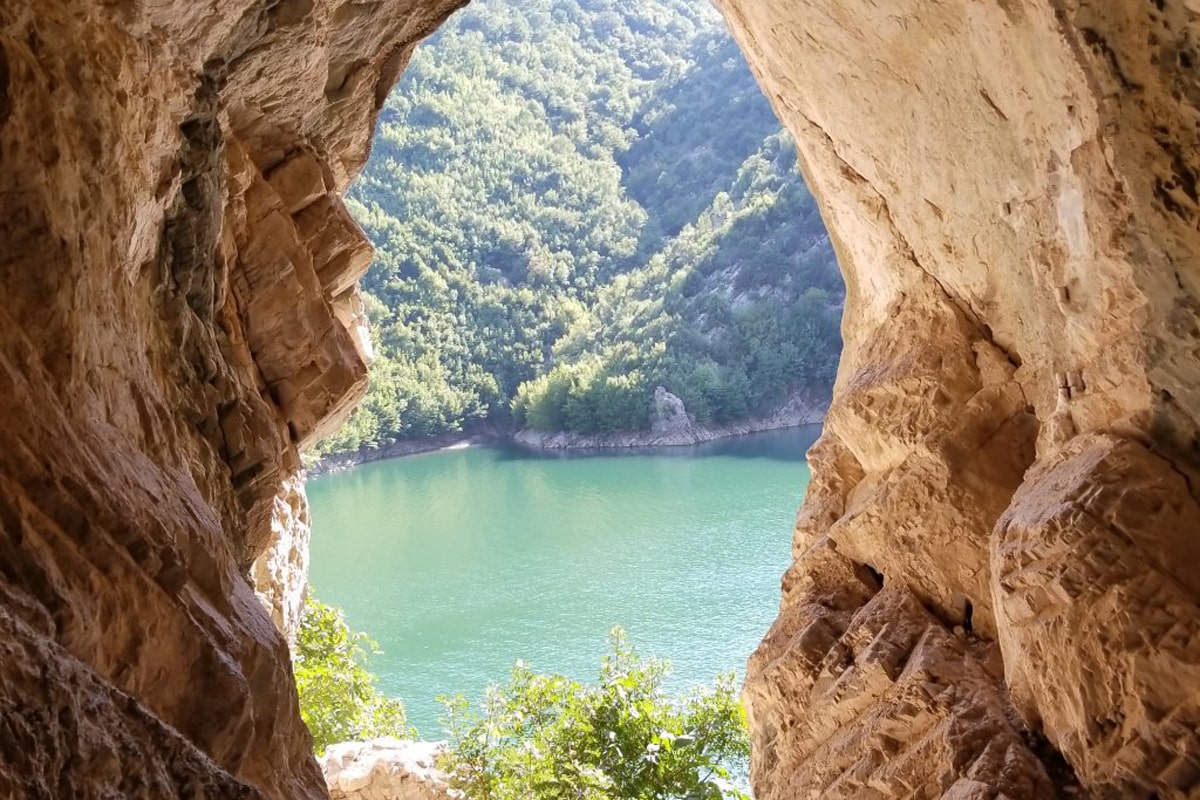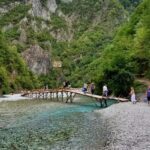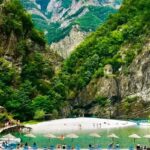Lake Koman is a place that will help you find inner serenity due to its view of the Scandinavian fjords as well as its temperature. It is located in the northern area of the country, amid the rolling hills that are covered with vegetation, and it has a strategic location. For many years, the northern region of Albania has reaped numerous benefits from both international and domestic tourism. And little by little, this lake is making its way into the best lists of places to visit and explore. The name Lake Koman has been added to the list of locations included in several fairytales, such as Thethi, Valbona, and the Shala River. There is a reservoir known as Lake Koman located on the Drin River, which receives water from the Shala and Valbona rivers. It spans a distance of 34 kilometers, going from the village of Koman to the village of Fierze. This body of water is home to 13 distinct species of fish and amphibians. The mountains of Shkodra and Kuks may be found on each side of Lake Komani. A reservoir was constructed in 1978 close to the community of Koman, and as a consequence, the area around the reservoir now boasts a stunning natural beauty.
The legend of Koman
In addition to its location, which places Lake Koman near a number of well-known tourist destinations, the beauty of this location also lies in the legacy that has been passed down from generation to generation. The mythology of Koman, also known as the legend of the Dragon Rock, is well known in the areas of northern Albania. In Albanian mythology and folklore, the term “Kucedra” refers to water, storm, fire, and chthonic monster. It is said that six Kucedra lived in the valley of the Drin, which had blocked the canyon of Merturit. Many years later, a dragon is born, and it goes on to battle against the Kucedra and ends up killing 5 of them. On the dragon’s rock, the location where it is said that the dragon’s blood poured, the last Kucedra was able to kill the injured dragon.
Nikaj-Mertur is a single province that is located in the western portion of the Tropoja Region, in the southeastern section of the Albanian Alps, and on the border with the Dukagjin district. It is characterized by a mountainous environment with severe winters, abundant snowfall, and comparatively mild summers.
Important historical fact:
It was in this region that the Illyrians eventually evolved into the Albanian people.
It is believed that the Illyrian people gave way to the Albanians at the village of Koman, which was the location of the changeover. This community experiences a shift that is also known as the Koman Culture. It is believed that it took place during the sixth and eighth centuries after the birth of Christ. The characteristics of the tombs in this region point to a unified civilization that persisted here until the ninth century.







